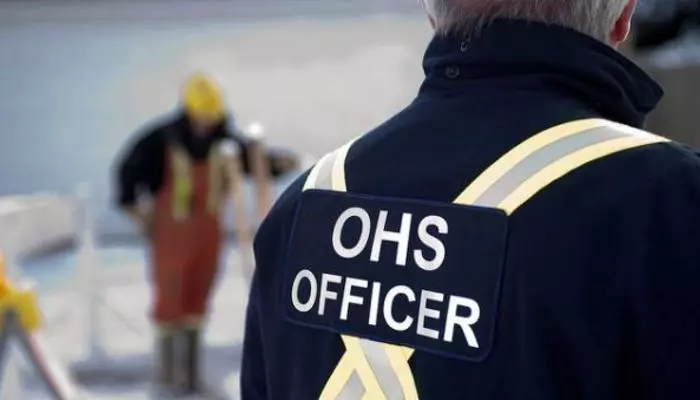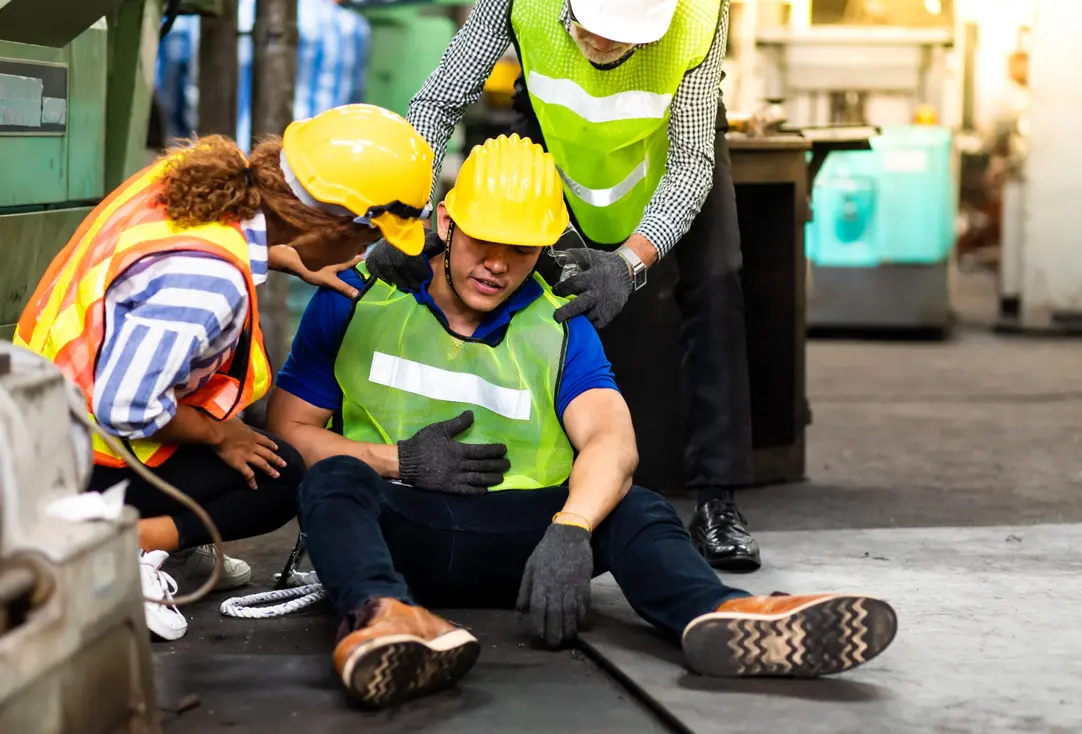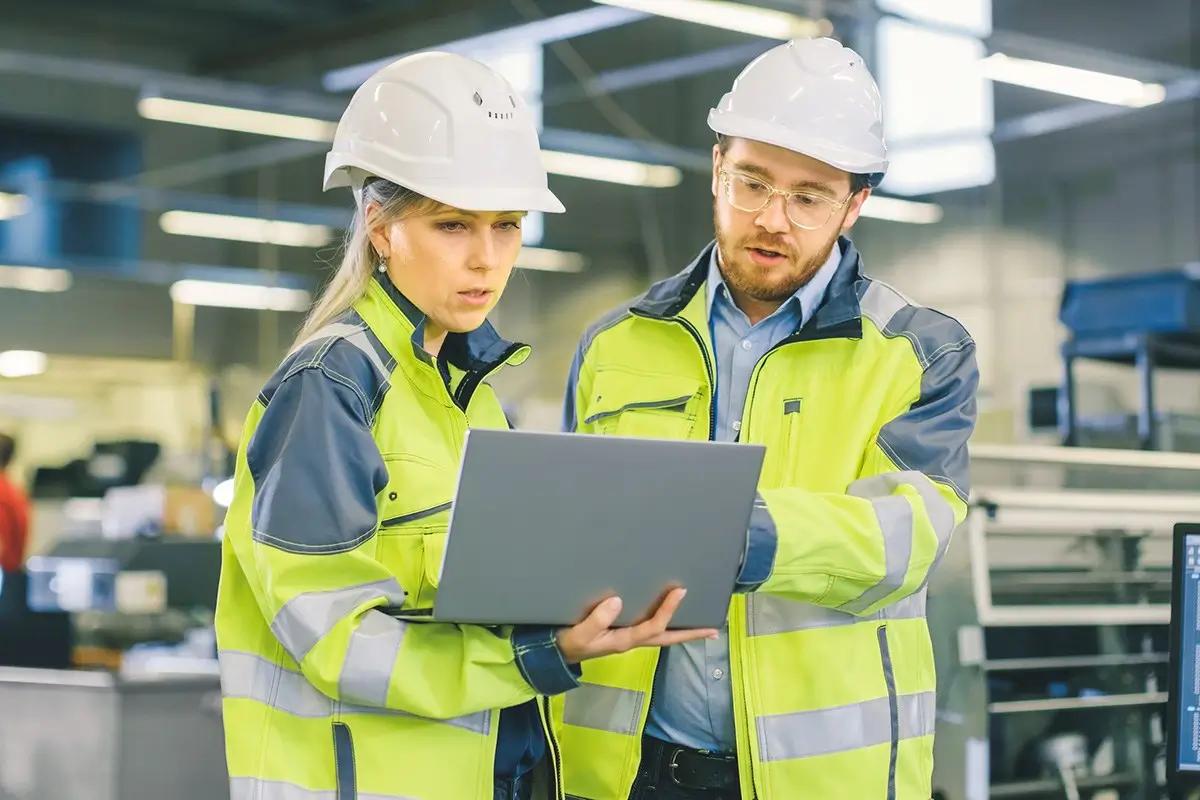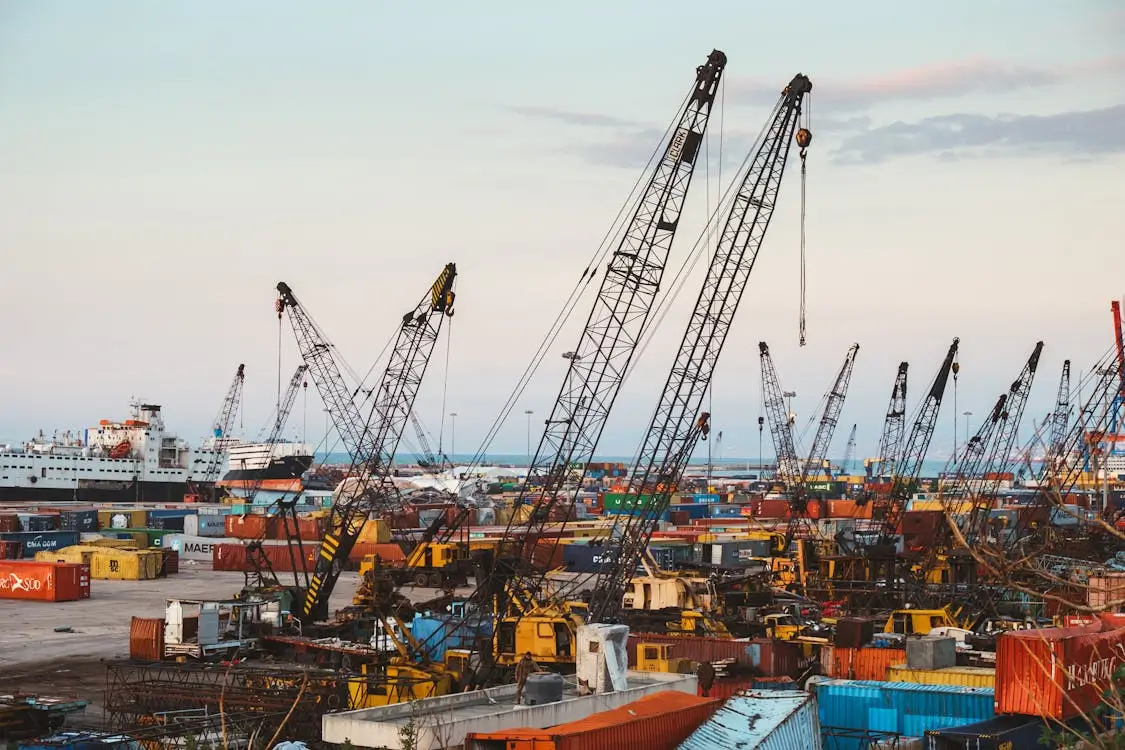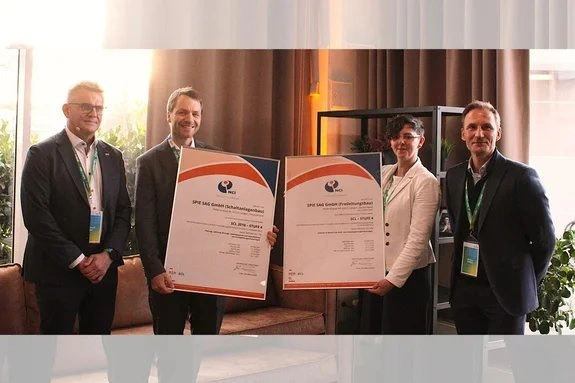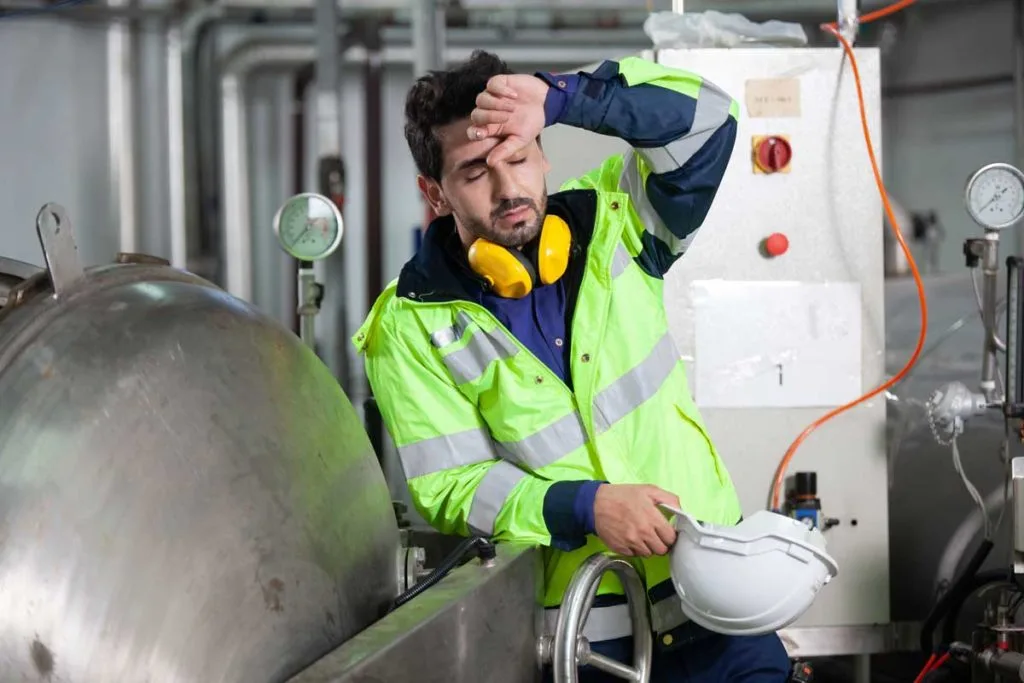Do’s and Don’ts of a Great Safety Officer
In many workplaces, safety rules are well documented, procedures are approved, and risk assessments are filed away—yet incidents still happen. The missing link is often not the absence of rules, but the quality of the safety officer’s approach. A great safety officer is not defined by how many procedures they enforce or how many violations … Read more
